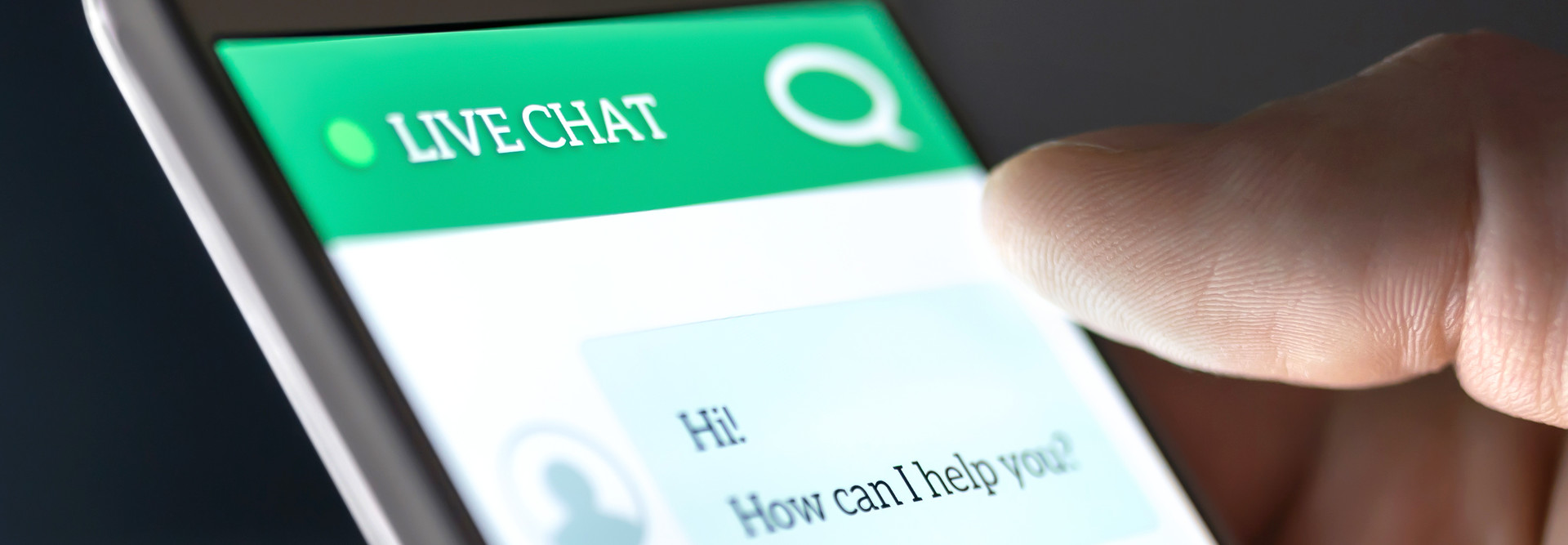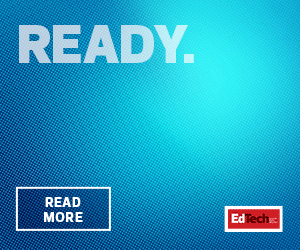Years ago, any questions students had about issues such as enrollment, academics or housing could be asked and answered only during designated hours, whether in person or by phone.
Today, however, a number of schools are turning to artificial intelligence–powered chatbots that crank out detailed responses 24 hours a day, using data pulled from a knowledge base that acts as a central repository of information, says Patricia Velazquez, director of education and research industry strategy at Oracle, which offers a digital assistant that is used in higher education environments.
“COVID definitely highlighted the need for digital assistants,” Velazquez says. “Phone lines were overloaded in the beginning of the pandemic. Users were unsure where they’d get information. A digital assistant really helps in an instance like this when it can provide accurate and to up-to-date information across the institution by pulling it from a single source.”
DIVE DEEPER: As colleges adopt AI, they’ll need ethical frameworks.

















